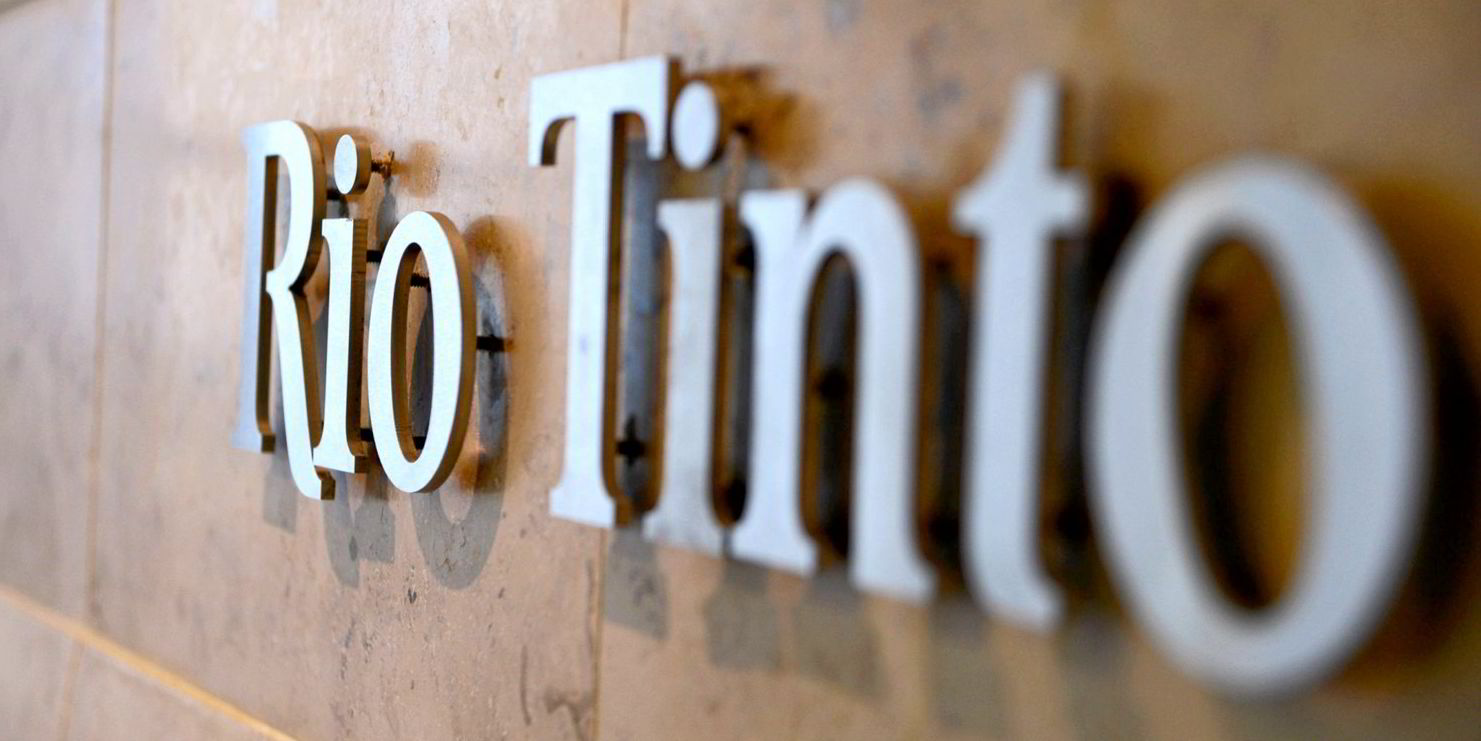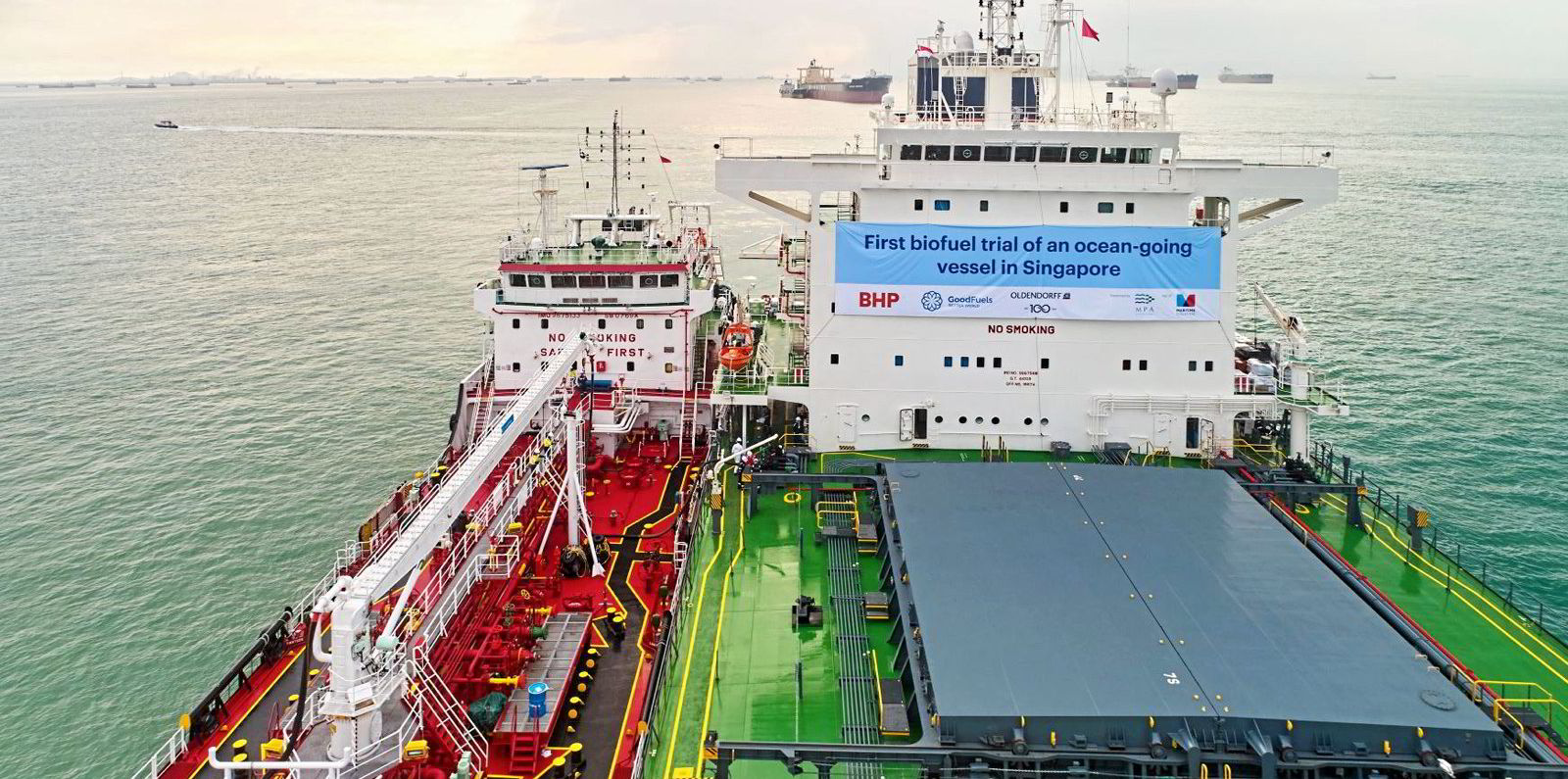Bulker markets could divided in two when the Energy Efficiency Existing Ship Index (EEXI) regulation is enforced in two years' time, according to a shipping consultancy.
Independent advisory Liengaard & Roschmann believes the sale-and-purchase and chartering markets will evolve into two tiers, splitting vessels that are speed restricted from those that are not.
The EEXI regulation is expected to be adopted by the International Maritime Organization in June, and would enter into force on 1 January 2023.
Bulkers will be required to reduce theircarbon emissions by 15% to 20%, depending on their size, from the current level contained in their current Energy Efficiency Design Index (EEDI) notation.
But criteria of the EEXI regulation have still to be decided, leaving shipowners and long-term charterers trying to prepare for something that does not yet exist.
It is thought that to comply with EEXI, most of the world's bulkers will use engine power limitation (EPL), which will lower vessels' maximum speed (see box below).
But Soren Roschmann, a partner at Liengaard & Roschmann, told TradeWinds that this — combined with the lack of visibility surrounding the regulation — could bifurcate bulker markets because it will complicate forecasting vessels' future cash flows.
Sale and purchase
The quandary, he said, will be how to price speed-restricted vessels. Will buyers want to pay the full market price for a ship that is restricted in speed by up to 15%?
"If you buy a ship today, if you have not fully clarified what impact the EEXI regulation would have on that ship in the future, then you sit with a risk," Roschmann said.
Data from bulker tracking platform Oceanbolt shows the global fleet of dry cargo vessels averaged 11.64 knots as of 15 April and is speeding up again after hitting its highest level in almost three years in March.
The fleet's average speed reached 11.67 knots on 19 March, its fastest since May 2018, according to the data.
The data shows that handymax, supramax and ultramax vessels are sailing the fastest of all the bulker segments, together averaging 11.84 knots on 15 April.
"Of course, at the moment, you don't know whether it will affect your investment case at all, but there's a risk.
"The question is: what is the risk premium or the risk deduction going to be for those vessels that are restricted? Of course, depending on the extent of the restriction."
Roschmann expects that these questions will make the S&P market more dynamic because "further speculative complexity" is suddenly being added to the "investment equation".
This will lead to a more discrete, two-tier market because the shipping industry tends to simplify things, he added.
"I think [prospective buyers] will look at it and say, 'Ok, does this vessel comply with EEXI or not?' I don't think you will see anything in between. It's like if a vessel is scrubber-fitted or not," he said.
The degree of risk, he acknowledged, varies depending on the type of vessel, its restrictions and the vessel's EEXI assessment by a class society.
Chartering market
The question of pricing speed-restricted vessels will also bleed into structured deals and the chartering market, Roschmann said.
High-profile bulker owners have championed the concept of slow steaming as a means of reducing vessels' carbon emissions — which of course comes with the added commercial benefit of stemming tonnage supply to the market.
But EPL would have a negative impact on bulkers' economic potential and, by extension, potentially on asset values too, Roschmann told TradeWinds.
"When you end up in a market situation as we have right now, with relatively low fuel prices and super-high freight prices, then the economic incentive shifts towards speeding up," he explained.
"If you own a vessel by 1 January 2023 that is restricted at 12.5 knots, and you see the same market environment as we have now, then you will not be physically able to speed up like all the other shipowners and you will lose time and money because you cannot do the last 1.5 knots or last 2 knots that you are, under normal circumstances, able to do."
This inflexibility could impact speed-restricted vessels' earnings by as much as 15% because ships will not be able to perform as many voyages each year compared with their unrestricted peers, Roschmann said.
This will have a knock-on effect on asset values.
"When you shave percentages off your expected earnings, you also shave value off the vessel because the value of the vessel is the net present value of all future cash flows," he said.
Long-term charterers should look at their contract optionality for charters that extend beyond 2023, Roschmann advised.
"If you have chartered the vessel, let's say, this year for the next four years, then you'll be hit on your flexibility within two years," he said.
An analysis submitted to the IMO estimates that about 40% of the bulker fleet would need to limit engine power to less than 80% of maximum power, Tore Longva, maritime principal consultant (regulatory affairs) at class society DNV Maritime, told TradeWinds.
"However, this is based on a simplified EEXI [Energy Efficiency Existing Ship Index] calculation and doesn’t consider, for example, correction factors. As such, this would be a high-end estimate of the impact," he said.
Older vessels built prior to the introduction of the Energy Efficiency Design Index regulation in 2013 will need more power limitation, Longva said.
About 62% of the global fleet of live and launched bulkers was built in 2013 or earlier, according to fleet databases.
"Vessels built after 2013 are generally more energy efficient. Each shipowner would need to look at the ship and evaluate options depending on age, technical conditions, docking schedules etc," he explained.
But even if a ship needs to limit its maximum to 80%, for instance, its operations will not necessarily be affected because vessels usually run at a lower speed than their maximum, Longva said.
"The average engine load was estimated to go from about 60% to 55%," he added.
However, Longva said that applying engine power limitation on a vessel would affect flexibility and operational planning because the sea margin is reduced, making it difficult to catch up on delays, bad weather and so on.
"This analysis [submitted to the IMO] assumes that all ships would apply a power limitation. Although other means of compliance would be available, we expect that most ships will apply an engine power limitation," he added.
Owners should also look at how they comply with the Carbon Intensity Indicator (CII) rating scheme, according to Longva.
"For most ships, compliance with the CII will have much more impact on operation than the EEXI will have," he said.








